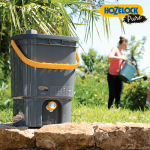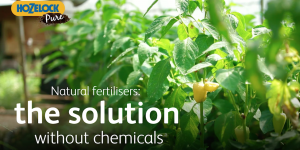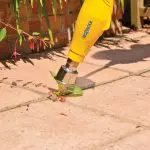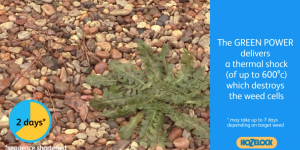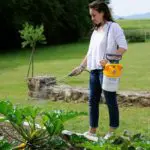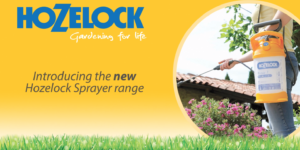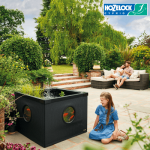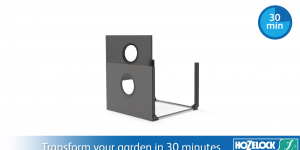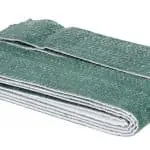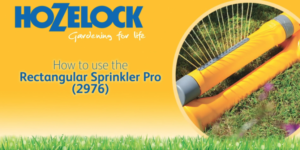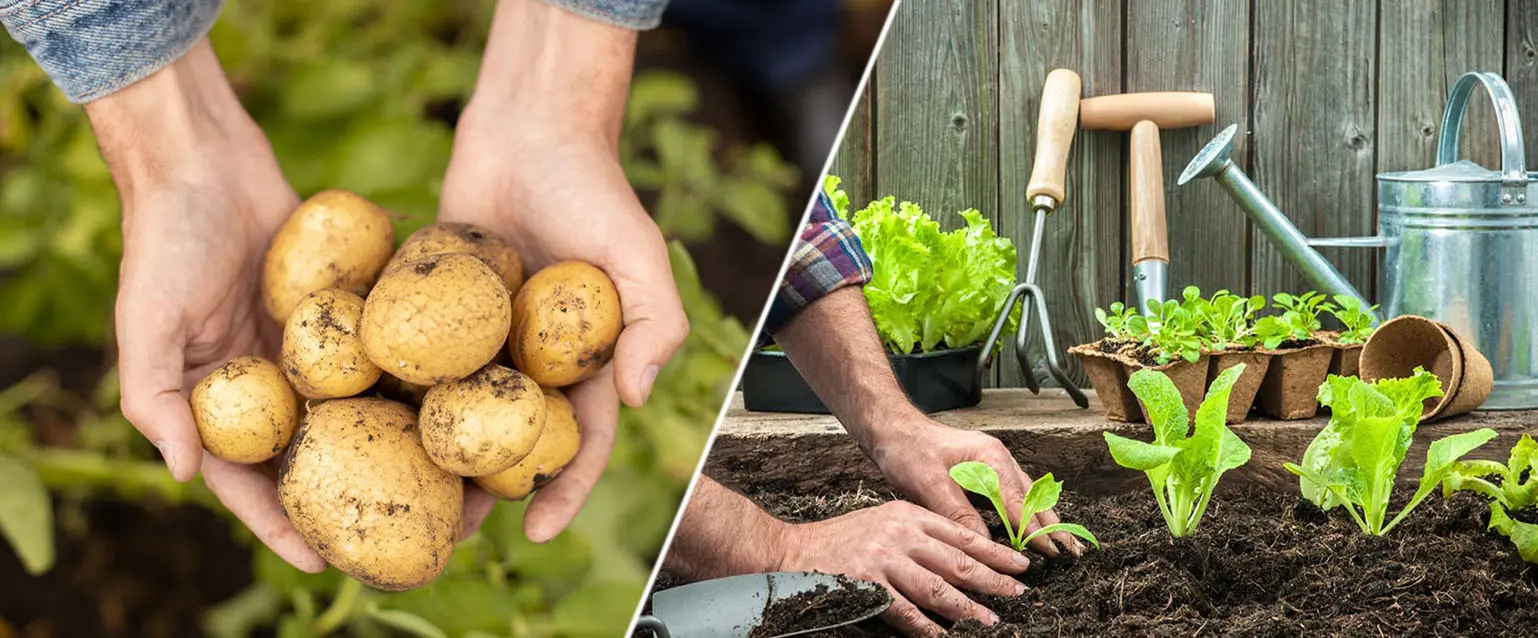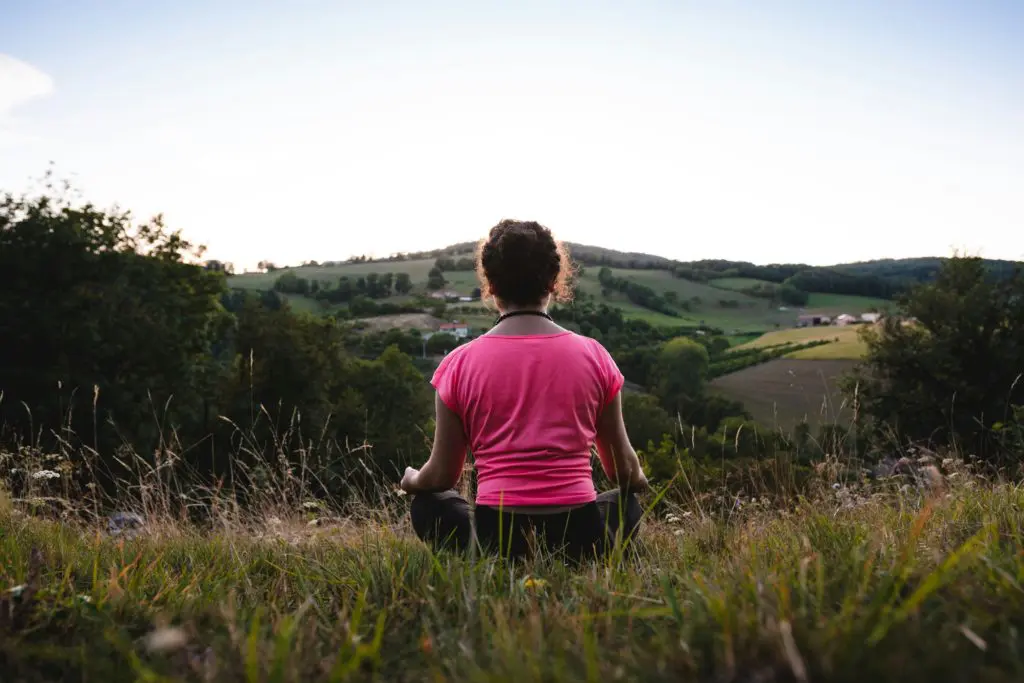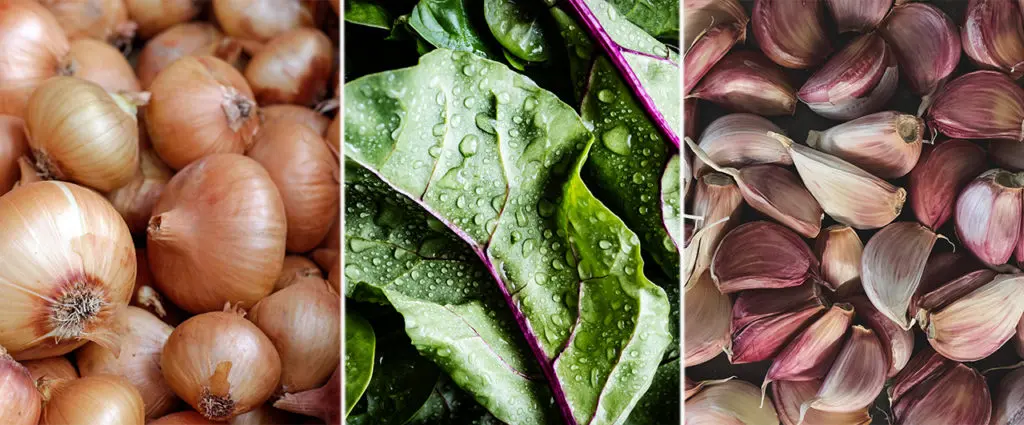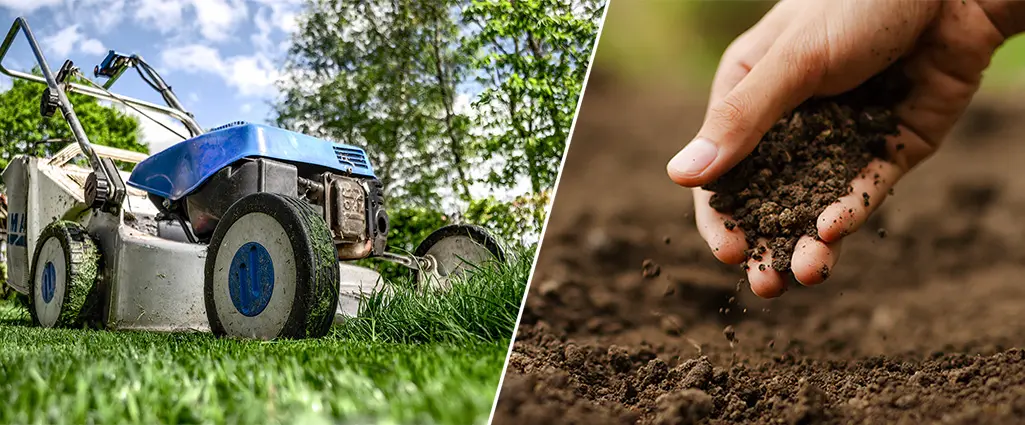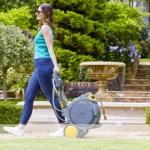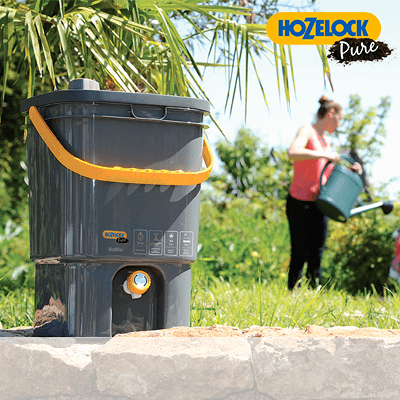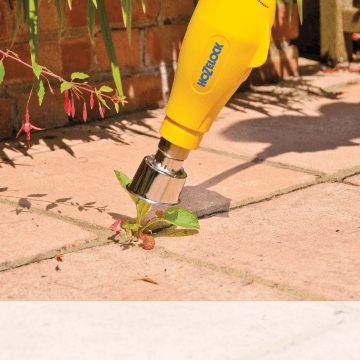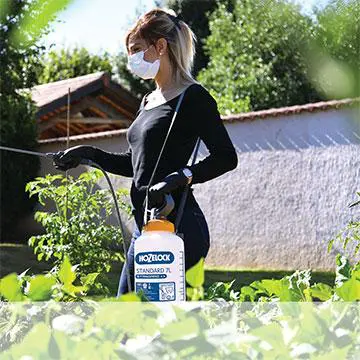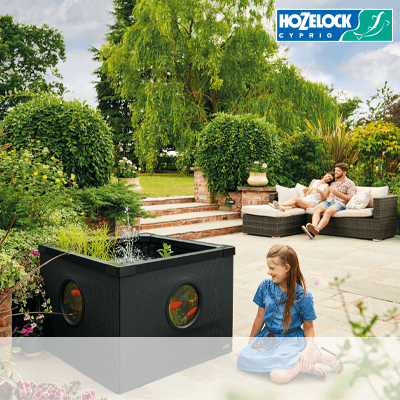Are you looking for the best easy-to-grow vegetables for beginner gardeners? Take a look through our recommendations…
Radish
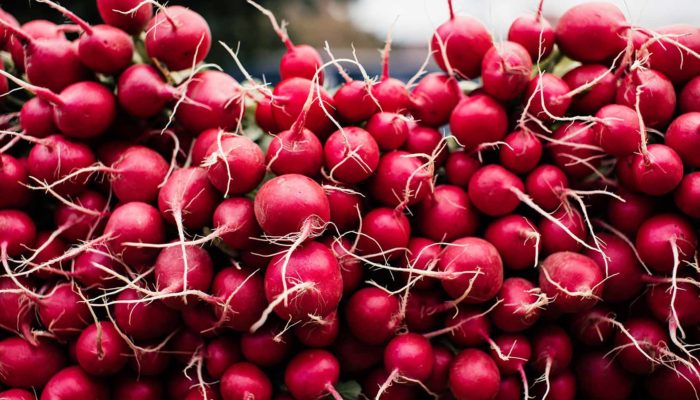
Radishes are a great easy-to-grow vegetable, ideal for beginner gardeners. They are also incredibly fast growing, taking only a few weeks. Sow radishes outdoors in the ground, in containers or even in a grow bag. Try our Growbag Waterer for the best results. Sow seeds 1cm deep and 2.5cm apart, in a long trench. Plant seeds from April through to May, harvesting 4-5 weeks after sowing.
Shallots
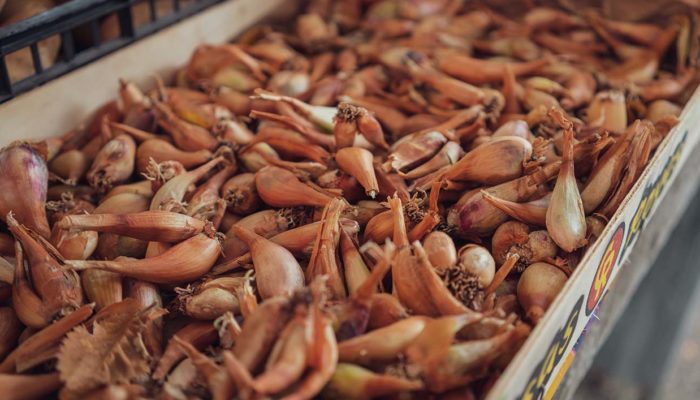
Shallots are a fantastic addition to any garden. They are easy to grow and can be used both for pickling and cooking. They produce a great crop in well-drained, fertile soil, in full sunlight. Shallots can be grown from sets in spring or even early autumn. If growing in autumn, apply a nitrogen-rich fertiliser to give them a helping hand. Spring-planted shallots are ready after 20 weeks and autumn-planted after 36 weeks. The leaves will turn brown and start to droop over, indicating that your shallots are ready to harvest.
Rhubarb
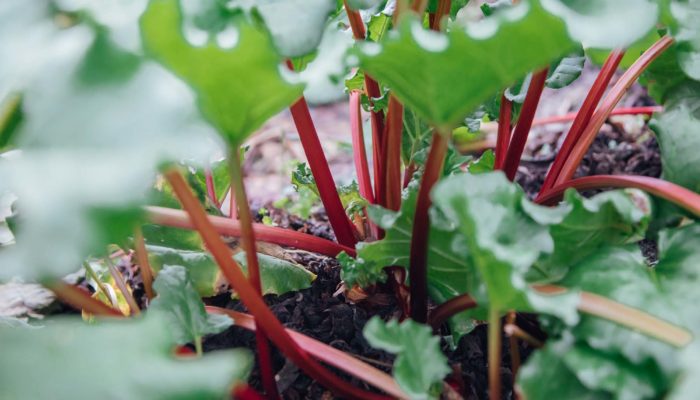
Rhubarb is a fantastic crop that will last many years. Rhubarb is best planted in fertile, free-draining soil. Adding organic matter, compost or well-rotted horse manor will improve the crop quality. Keep your rhubarb well watering during dry periods, mulching annually. Make sure you have plenty of space as rhubarb grows and grows! For healthy growth, don’t harvest rhubarb in its first year, and only cut a few stalks off in the second. For established plants, harvest from spring onwards.
Peas
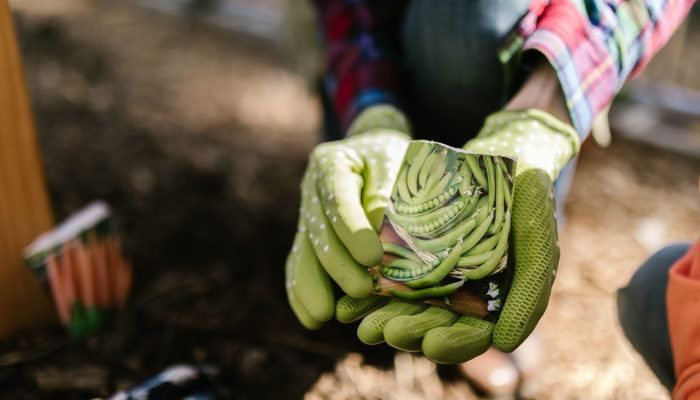
Peas grow best in an open, sunny location with good drainage. Plant peas 3cm deep in fertile ground from spring to midsummer. Staking young plants with pea sticks helps to support their growth. Once flowers appear, feed weekly with a high-potash fertiliser. After 3 months of growth, your peas will be ready to harvest. Peas are best when picked and used on the same day, but they’ll keep fresh for up to 1 week in the fridge.
Carrots
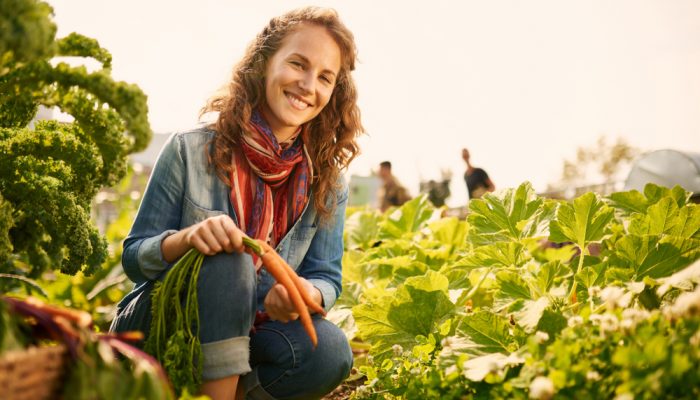
Carrots are easy to grow, however, many beginner gardeners find that their carrots are short and look strange. This is due to planting in poor, rocky soil. Carrots grow best when planted in looks, sandy soils during spring and fall. Sow seeds as thinly as possible, 1cm deep, in rows 15-30cm apart. Seeds can be slow to germinate. Seedlings will be vulnerable to slugs and snails, so put some protection in place. Carrots will be ready to harvest 12-16 weeks after sowing.
Courgettes
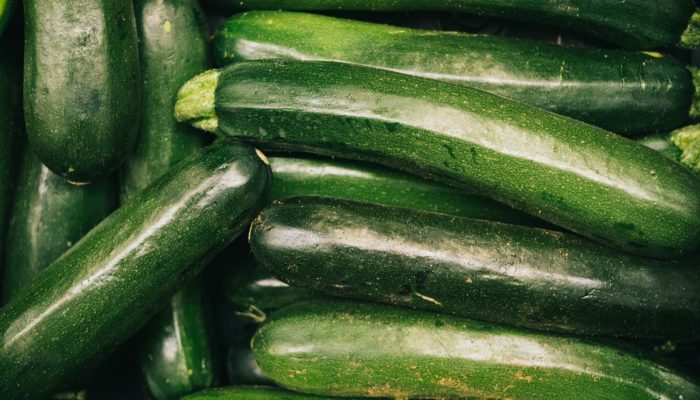
Courgettes are best grown in fertile ground that’s watered regularly. You can sow courgettes outside in late May or early June. Sow one or two seeds 90cm apart and 2.5cm deep. Cover with a transparent material or plastic cloche, and leave until seedlings start to grow. Again, you will need to keep these crops protected from slugs and snails. Apply a high potash feed, such as tomato food, once a fortnight to promote growth and flowering. Keep a good layer of mulch around your courgettes and harvest when they are no longer than 10cm long.
Lettuce
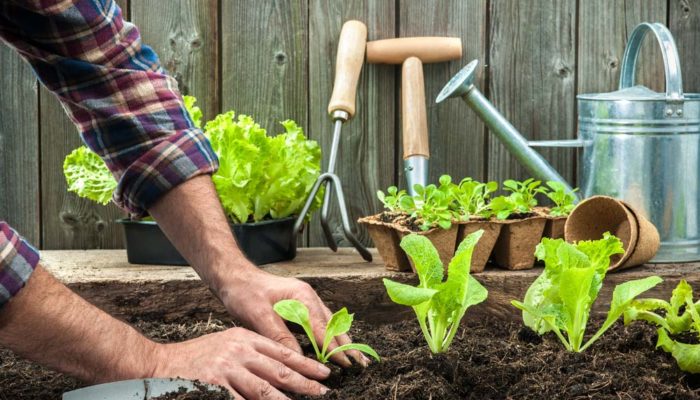
Lettuce can be grown in almost any garden. Sow directly in your garden bed, greenhouse, pots and containers. Lettuce grows best in shade, especially during the warmer months, however, it can be grown throughout the year. Lettuce leaves can also be cut as they are growing, prolonging the harvest. There is a great variety of lettuce, coming in various shapes, colours and sizes. These all have an impact on the taste and texture.
Potatoes
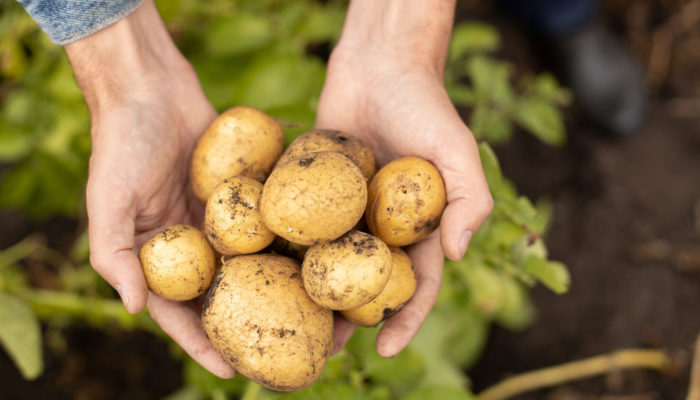
Potatoes are one of the best easy-to-grow vegetables for beginner gardeners, one seed potato will produce many more. Simply dig a 12cm deep trench, 60cm apart from the next. In spring, plant your seed potatoes 30cm apart, covering them with soil. Once shoots start to appear, cover them with soil. Continue using this method during the growing process. Once it’s time to harvest, rummage around in the soil to check the size of the potatoes. Cut the plants down to the ground, then gently lift up the potatoes.
We hope you enjoyed reading our blog on our ‘Top 8 Easy-to-Grow Vegetables’. If you’d like to get involved, drop us a comment below with your plans for the year ahead!




